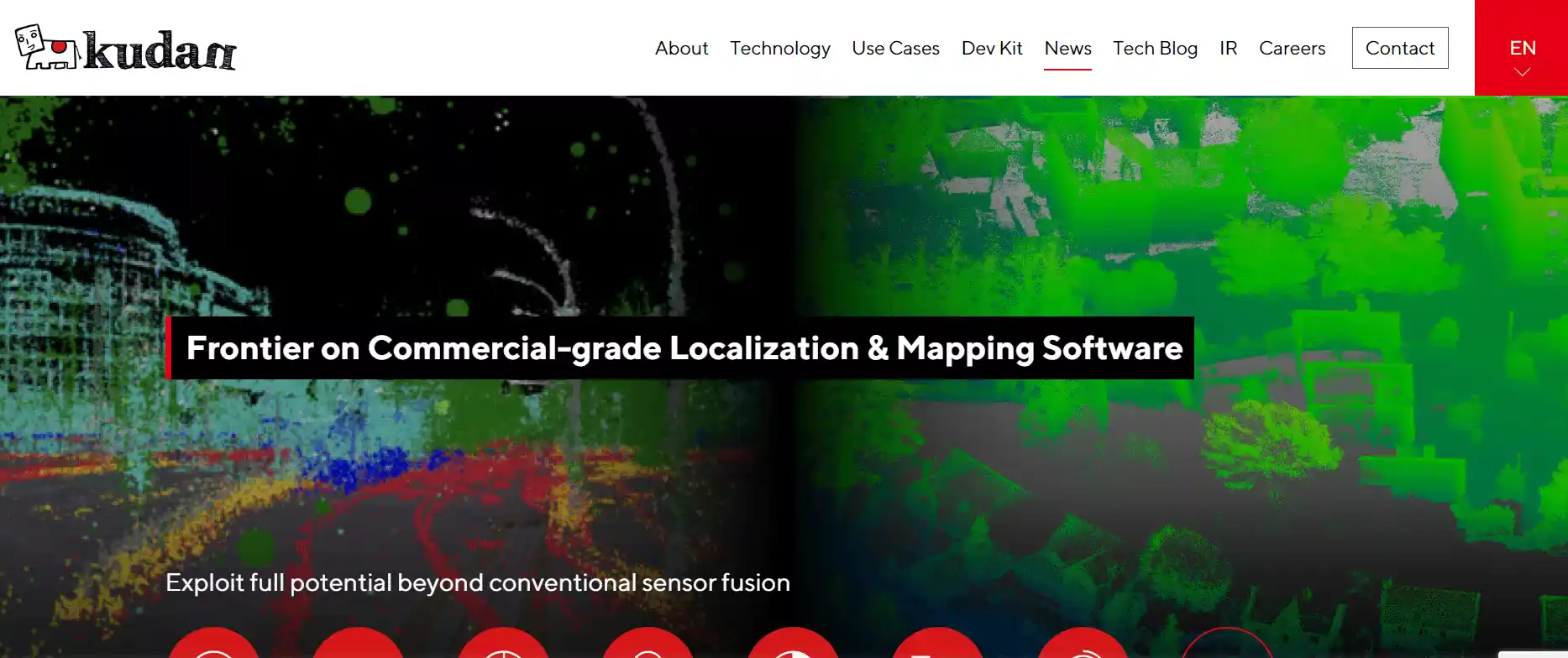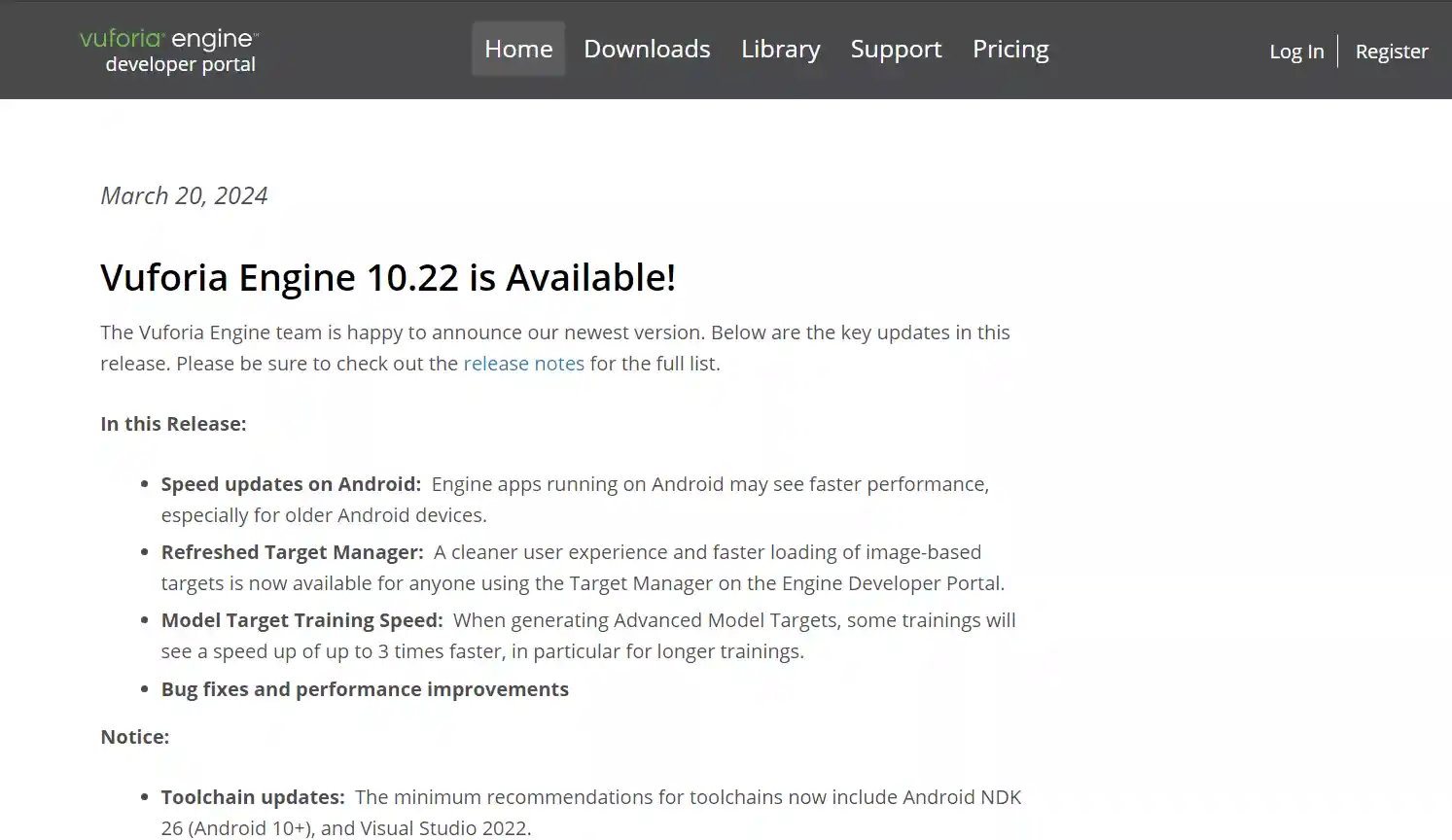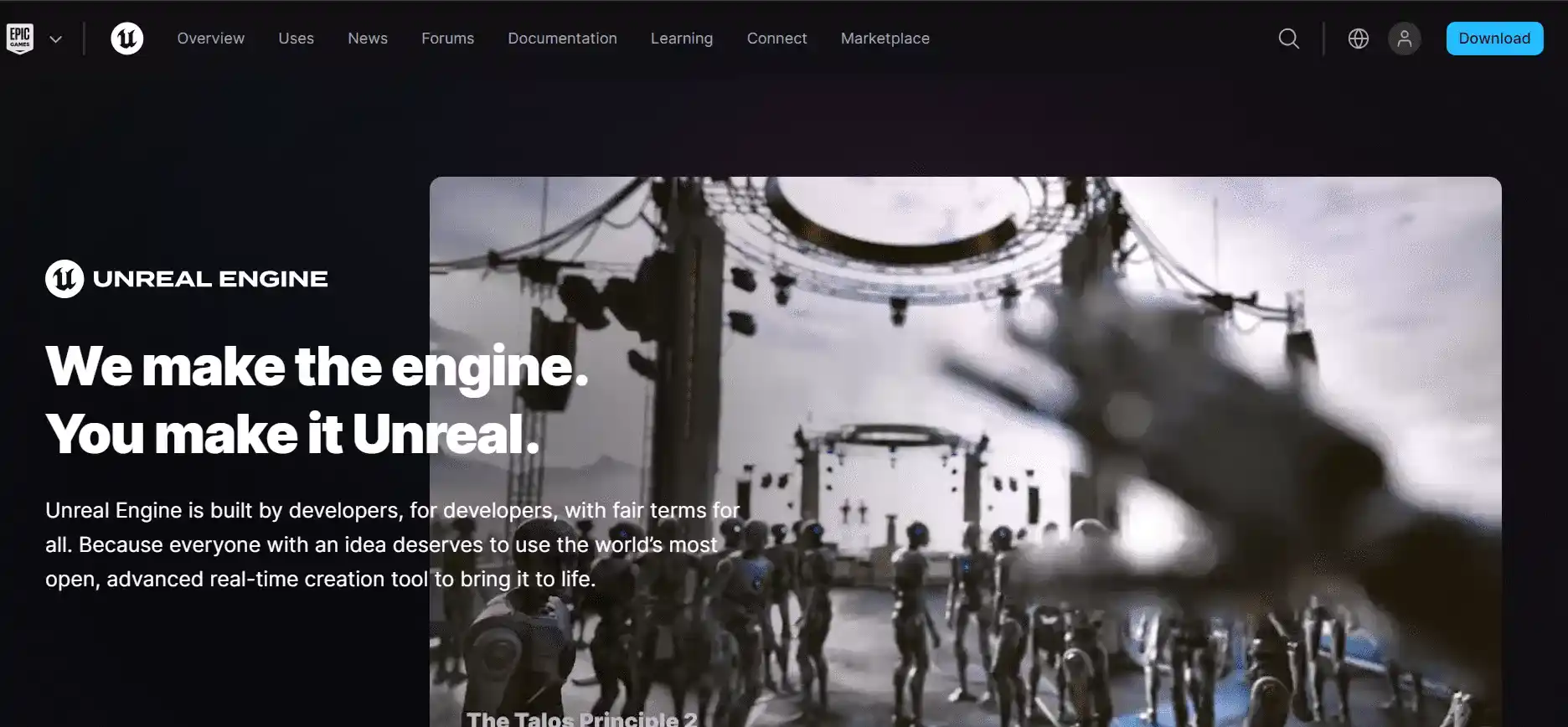Table of Contents
The rise of AR apps like Seas Scan, Wanna Kicks, and Amikasa showcases the growing interest in augmented reality. Businesses recognize AR’s potential for real-time conversions, while the inherent fun factor drives user engagement. Behind this surge lies the proliferation of augmented reality frameworks, empowering developers with tools to create captivating AR experiences.
With a plethora of options available, developers can seamlessly integrate the latest AR trends into mobile apps. Now is the opportune moment to explore these frameworks and embark on your AR framework development journey. Discover the top five augmented reality frameworks shaping the development landscape and unlock boundless creative possibilities.
According to recent data from Statista, the global market for Augmented Reality (AR) is projected to reach $ 82.79 billion by 2026. This significant growth highlights the increasing adoption of AR technology across various industries and its expanding role in reshaping consumer experiences and business operations.
1. Kudan

Kudan, established in 2014, has become indispensable for AR Framework developers, offering unique features like artificial perception. Here’s why it stands out:
- Artificial Perception: Kudan goes beyond conventional sensory mechanisms by incorporating artificial perception, addressing a gap in AR/VR technologies.
- SLAM Technology: Kudan integrates Simultaneous Localization and Mapping (SLAM), providing machines with sensory power to understand their surroundings accurately based on motion and environment.
- GrandSLAM: Utilizes GrandSLAM, a technology built over years of successful SLAM testing, enhancing perceptual quality and accuracy in AI-based AR/VR apps.
- Sensor Fusion: Kudan tightly couples multiple sensors, resulting in accurate virtual representations of the real environment.
- Cost Reduction: By maximizing system potential, Kudan reduces costs, offering unlimited map scaling, cross-platform compatibility, and seamless integration with cloud and 5G networks.
In essence, Kudan empowers developers to create high-performance AR apps with reduced costs and enhanced user experiences.
2. Apple’s ARKit & RealityKit: Leading iOS AR Frameworks

Apple’s ARKit and RealityKit stand as the leading AR framework software development kits for iOS, offering powerful capabilities for creating immersive AR experiences.
- ARKit leverages Apple’s cameras and motion features to deliver seamless AR interactions, utilizing core functionalities like motion tracking and scene processing.
- RealityKit complements ARKit by providing a framework for creating AR/VR experiences with high-quality visuals and realistic rendering.
- The integration of ARKit and RealityKit enables developers to build compelling virtual experiences, with RealityKit emerging as a standalone framework in the future.
- RealityKit supports multi-threaded rendering, facilitating smooth performance and enabling the creation of multi-user experiences on iOS/macOS.
- Key components of RealityKit include ModelEntity, AnchorEntity, TriggerVolume, and support for audio sources and animated objects, alongside tools for USDZ conversion and synchronization across devices.
3. Google’s ARCore

Google’s ARCore is an Android AR framework that leverages APIs to interpret the environment. It seamlessly integrates with most Android devices, offering motion tracking, environmental understanding, and light estimation features.
- Device Compatibility: ARCore is compatible with a wide range of Android devices, as listed by Google.
- Key Features: It utilizes motion tracking to determine device position, environmental understanding to detect surroundings in various orientations, and light estimation to gauge current lighting conditions.
- SDK Integration: ARCore provides software development kits (SDKs) for popular technologies, granting access to AR features like motion tracking and environmental understanding via native APIs.
- Accessibility: Suitable for developers of all levels, Google offers a 15-hour tutorial to learn AR development, along with extensive documentation and support.
- Cloud Anchors API: Enables cross-platform, multi-user experiences on Android and iOS, facilitating object and scene reconstruction, immersive interactions, and object occlusion for seamless AR sharing.
4. Vuforia

Vuforia Engine stands out as a leading AR framework with its versatile features tailored for various platforms like iOS, Android, and UWP.
- Image Tracking: Vuforia offers robust image tracking capabilities, including image targets, cylinder targets, multi-targets, and VuMarks, enabling developers to attach AR content to flat surfaces and curved objects like bottles and coffee mugs.
- Object Tracking: With pre-existing 3D models, Vuforia can recognize and track objects by their shape, facilitating AR experiences on industrial equipment, vehicles, home appliances, and toys.
- Environment Tracking: The Vuforia Area Target Creator app allows developers to scan surroundings to create immersive AR framework experiences in commercial, public, and recreational settings.
- Cloud Recognition and Record/Playback: Vuforia’s cloud recognition service simplifies the recognition of large image sets, while the Session Recorder feature enables easy testing of AR sessions by recording and playback functionality.
Overall, Vuforia Engine excels in providing developers with powerful tools for creating compelling and immersive AR frameworks across diverse platforms and environments.
5. Unreal Engine

Unreal Engine AR stands out as a robust AR framework for creating immersive experiences across both iOS and Android platforms, backed by Epic Games’ expertise in AR game development. Its key features include:
- Unified Development: Developers can build AR apps for both platforms using a single codebase, streamlining the development process.
- Cost-Effectiveness: Unreal Engine is free to use, with a nominal 5% fee applied only once significant profits are earned.
- Comprehensive Toolkit: It offers a wide range of tools for 3D modeling, texturing, coding, animation, and testing, simplifying the entire development lifecycle.
- Quality Content Creation: Unreal Engine enables the creation of highly detailed, lifelike augmented models, enhancing the overall user experience. In conclusion, leveraging these advanced AR frameworks opens up possibilities for creating captivating experiences, driving innovation in the rapidly evolving realm of augmented reality technology.
Related Post:
AR Privacy Solutions: 10 Powerful Strategies for Enhanced Privacy
Conclusion
In conclusion, the evolution of augmented reality frameworks has paved the way for groundbreaking experiences in mobile app development. With the top five AR frameworks—Kudan, Apple’s ARKit & RealityKit, Google’s ARCore, Vuforia, and Unreal Engine—developers can unlock boundless creative possibilities and deliver immersive AR applications across various platforms. These frameworks offer a diverse range of features, from artificial perception to unified development, enabling developers to create high-performance AR apps with reduced costs and enhanced user experiences.
As the global AR market continues to grow exponentially, harnessing the capabilities of these advanced frameworks will be crucial for businesses and developers alike to stay ahead in the competitive landscape of augmented reality technology. Embrace the future of mobile app development with these innovative AR frameworks and embark on a journey to create transformative AR experiences that captivate and delight users worldwide.